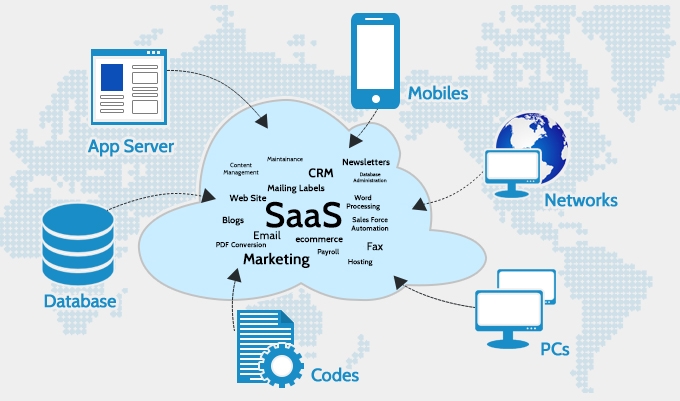
If you’ve underestimated the importance of financial operations for both the short and long-term success of your SaaS business, you’re not alone. With the explosive growth of the SaaS business model impacting businesses worldwide, many are navigating SaaS financial operations and subscription management for the first time. If you fall into this camp or feel like your financial operations could use some help, we’ve found these best practices to work time and again for growing B2B SaaS businesses:
- Ditch the spreadsheets. In their early days, most recurring revenue businesses start by tracking financial operations in spreadsheets or using tools that aren’t optimized for managing subscription revenue. Spreadsheets and disconnected systems open the door for errors. The more spreadsheets you create to supplement accounting software, the more you’ll need to manually manipulate data and the more that data is touched, the greater the potential for errors. With multiple disconnected spreadsheets, an error in one calculation can have a devastating domino effect. Before you know it, you’re basing important business decisions on financial data you can’t trust. It’s easy to see why this approach won’t scale as your business grows. It is critically important to put a system in place that automates subscription management and provides visibility into the accurate real-time data you’ll need to make smart decisions.
- Choose a solution made for B2B. When you move away from spreadsheets to a subscription management platform, make sure it is tailored for B2B SaaS. There is a significant difference in managing the financial operations of a B2B vs. a B2C SaaS business.
- Integrate. You don’t have to change too much of your workflow and can maintain the integrity of the subscription revenue records in your existing general ledger. By integrating your subscription management platform with whichever general ledger you use, you can manage your entire order-to-cash and renewal process and provide the financial reporting and analytics needed to manage and grow your business.
- Automate. Equally important is to integrate your subscription management platform and CRM system for visibility across sales, finance and customer success teams. This will allow you to streamline your sales-to-finance handoff so that when your sales team secures a new order, the details populate in your subscription management solution and are automatically turned into GAAP-compliant customer financial records.
- Think long-term. As your sales volume grows, month over month, you’ll see an incremental increase in new contracts, contract changes and renewal transactions. Failure to keep up with this increase in volume will impact the integrity of your financial data and leave you drowning in revenue recognition schedules, invoicing, accounts receivables management and collections. Select and implement technology that can scale as contracts increase and become more complex, and as stakeholders demand new metrics, won’t require expensive enterprise software that forces you into rigid rules and workflows, and can’t provide the critical metrics and analytics you need.
- Understand key metrics. Take the time to understand which SaaS metrics you need today and think about those you’ll need as you grow and raise capital or pursue an acquisition. Metrics aren’t just for investors, you’ll need them to grow the business. When we talk with investors, they want to see our revenue growth and performance, momentum and velocity, and customer success metrics. It’s an extensive look at our subscription business from every perspective to make sure we’re representing the health of our company accurately. When investors see how fast and reliably you’re able to share the exact metrics and analytics they want, it builds confidence. If you’re a growing SaaS business, tracking your metrics now will make it much easier for you to reference them in six months when your monthly recurring revenue has tripled, or in a year when you need cohort analysis to help understand the performance of your customer onboarding processes. Metrics are meant to help you run your business. Use them.
- Create a robust billing and collections process. Cash flow is king, especially in early SaaS business maturity. Your collections process can dictate when and how soon you’ll need funding. Lean SaaS businesses provide customers with all the necessary contract information for fast and efficient billing and collections. This accelerates payment and eliminates the need to dedicate a lot of manpower to collections and the process of going back and forth with finance when a customer questions something on their invoice.
Managing the financial operations of a recurring revenue business isn’t easy, but it doesn’t have to be a burden. Take the time to think strategically about what you need today and as your business grows, and implement best practices, processes and solutions that will scale with your business in the days to come.
Business & Finance Articles on Business 2 Community
(45)